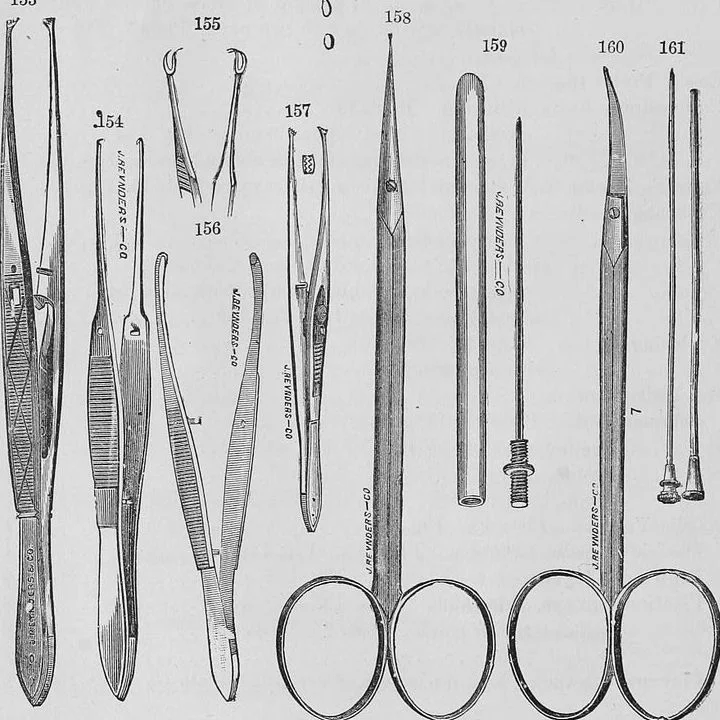Appreciating the Appendix
January 4, 1885 - On this day was performed the first successful appendectomy in America. 22-year old Mary Gartside of Davenport, Iowa was deathly ill, and she was suffering from a sharp pain in her gut.
Dr. William Grant diagnosed her with acute appendicitis, which in those days was almost always a death warrant. Dr. Grant, a former battlefield surgeon with the Confederate Army, knew he had to try something, so he administered anesthesia and cut into Mary's side. He located the infected appendix and tied a ligature around the base of the ruptured appendage. That stopped the flow of fluid and apparently saved Mary's life. She made a full recovery.
For most of medical history, the appendix was considered a vestigial organ with no apparent value to the body. Researchers now believe it has a very important role to play and it isn't just along for the ride. Turns out the appendix is like a reserve tank filled with all kinds of good bacteria that the digestive system needs to keep things on track. Normally our guts are teeming with these beneficial germs, but once in a blue moon a case of cholera or dysentery can roll through and wipe out all the good bacteria. That's when the appendix kicks into high gear and reboots the digestive system with its stockpile of germs.
It's still recommended that the appendix be removed if it becomes inflamed, but now we know a little more about what we're losing.





